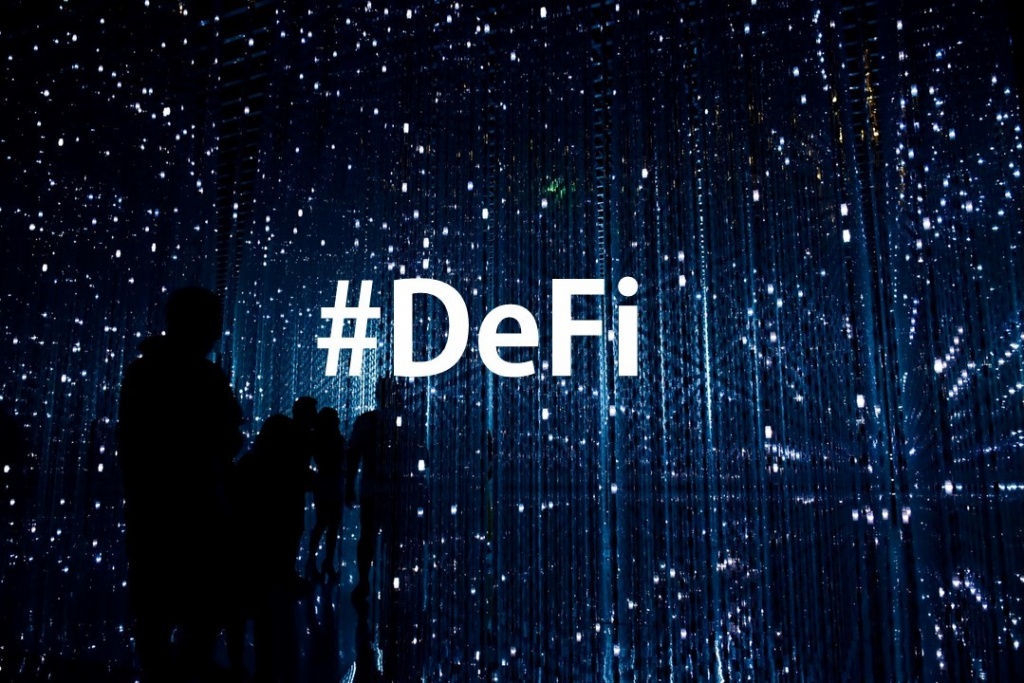
In just three years, the amount of ETH held by different financial applications has grown astronomically. Nearly $4 billion worth of ETH is currently locked as collateral in decentralized finance (DeFi) dApps according to DeFi Pulse. While this is a massive win on paper for Ethereum, the specter of the dissolution of the “Fat Protocol Thesis” is also afoot.
Indeed, earlier this month the combined market cap of all Ethereum-based ERC20 tokens surpassed the market cap of ETH, Ethereum’s native currency, for the first time ever. This development tears at the Fat Protocol Thesis put forth by Joel Monegro in August 2016. At the time, Monegro argued the value of Ethereum (as determined by the ETH market cap) would remain higher than the combined dApps launched atop it as the protocol became popular.
The Disparity
In the Ethereum arena, we’ve previously seen Anthony Sassano’s argument that ERC20 token projects, as they expand, tend to be parasitic in nature. In his assessment, he noted that dApps protocols that have their own native token seem to accrue value at the expense of ETH. This could help explain the remarkable rise of some DeFi tokens like Maker (MKR), LINK, COMP, SNX, AVE, or ZRX.
The ETH price did acutely spike up this week, but it came after a prolonged period of DeFi tokens stealing the show. Whether DeFi will continue in this way or whether ETH will end up dominating again remains to be seen, but there’s now enough uncertainty that it’s really worth exploring the widely assumed correlation between the sharp expansion of Ethereum’s ecosystem, of which DeFi plays a big role, and ETH prices.
As the aforementioned Sassano has argued, most of Ethereum’s early dApps have been free-riding: the only toll on their path is the gas payment collected by miners. These network fees in ETH can be “washed back and forth” between participants with no real impact on ETH prices. As Sassano has put it: “user buys ETH > user pays fee > miner takes fee > miner may sell the fee (ETH) back into the market > cycle begins again.”
The Economic Abstraction Question
Jeremy Rubin, a technical advisor to the Stellar Network, said in 2018 he thought Ethereum would become very successful but was doubtful of the future valuation of ETH as a lubricating currency used for paying fees and facilitating dApps within the Ethereum ecosystem.
Ethereum’s value proposition, as Jeremy laid out, is its ability to launch censorship-resistant dApps. These dApps enable the creation of markets and immutable registries without counterparty risks. These dApps will, as per the created standard, allow for payment of gas denominated in ETH.
What if, in the future, these dApps’ functional dependence on Gas (ETH) is removed and instead Gas is paid in the dApps’ native currencies?
This is already happening, although on a small scale. Native Meta transactions — a term first coined by Austin Thomas Griffith — currently exist and allow holders of ERC-20, ERC-777, and ERC-1155 compliant tokens to perform operations on Ethereum and settle using their tokens and not ETH.
However, the process is a tad bit complicated since a third party (relayer) has to be roped in for such Meta transactions to be executed. In this arrangement, the relayer is paid in the supported ERC token to cover the Relayer’s Gas cost. Besides, a Meta transaction must be built directly into a smart contract.
Moreover, there are arguments against economic abstraction being a serious way forward for Ethereum. For example, as far back as 2016 Ethereum researcher Vlad Zamfir laid out why dynamics around security deposits, transactions fees, and token issuance incentives indicated that “economic abstraction is an exceptionally bad idea.”
EIP-1559: A Game Changer?
Ethereum Improvement Proposal 1559 could prove pivotal for ETH going forward. If implemented, EIP 1559 would optimize Ethereum’s gas system and would burn a portion of every ETH transaction fee. This would put ETH on a deflationary trajectory.
With increasing DeFi demand coupled with this deflationary mechanism, a symbiotic relationship could be struck since network activity would seemingly translate to higher returns for ETH holders. Still, it’s not yet clear when EIP 1559 might be rolled out.
Up in the Air
At this point, both possibilities — that DeFi projects could end up dwarfing ETH, or that ETH could continue to make advances as a king of the hill platform — seem well in play.
EIP-1559 might eventually breakthrough the “free-rider” problem, but until it’s launched we’re left to speculate.
This article was first published on Voice and was re-published with permission on SCN
You may also want to read: Why You’re Missing Bitcoin’s Most Revolutionary Feature



